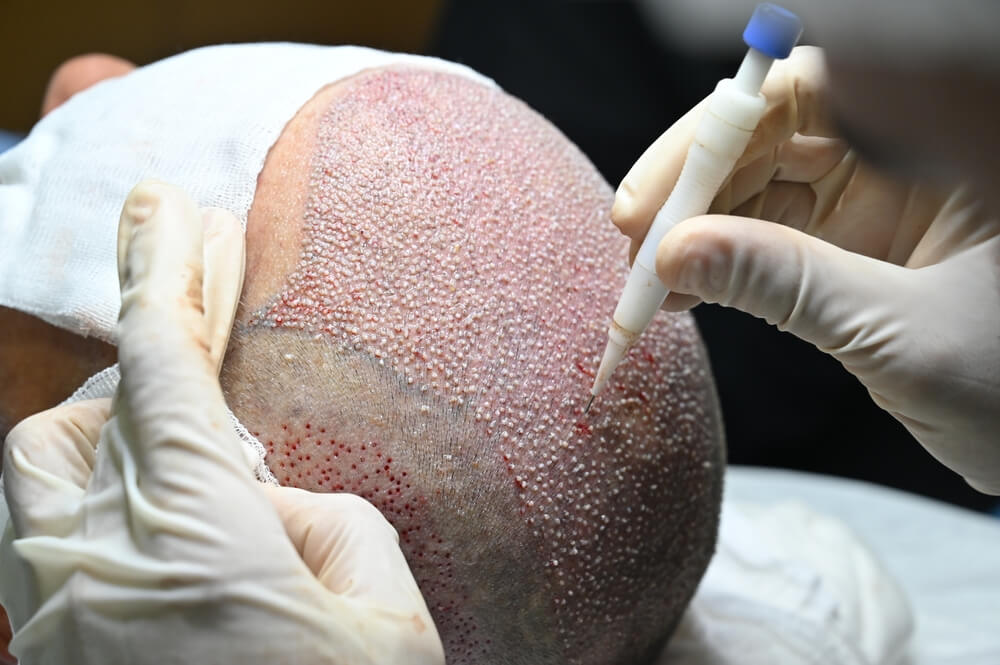
Direct Hair Implantation (DHI), also known as Choi Pen hair transplant, is a hair restoration method that involves implanting individual hair follicles into the scalp using a specialized pen-like instrument called a Choi Implanter. In this article, we will take a closer look at the DHI hair transplant method, how it works, and what to expect from the procedure.
How Does DHI (CHOI PEN) Hair Transplantation Work?
DHI hair transplant is a minimally invasive surgical procedure that is performed under local anesthesia. During the procedure, the hair transplant surgeon will use a small punch-like instrument to remove individual hair follicles from the donor area of the scalp. The hair follicles are then sorted and prepared for implantation.
In the recipient area, the surgeon will use a Choi Implanter to implant the hair follicles into the scalp. The Choi Implanter is a specialized pen-like instrument that has a hollow needle at the tip. The surgeon loads individual hair follicles into the hollow needle and then inserts the needle into the scalp. The needle is designed to create a small incision in the scalp and deposit the hair follicle at the same time. The process is repeated until all of the hair follicles are implanted.
The DHI hair transplant method can take several hours, depending on the degree of hair loss and the number of hair follicles that need to be implanted.
Benefits of DHI (CHOI PEN) Hair Transplantation
One of the primary benefits of DHI hair transplant is the precision and accuracy of the hair follicle implantation. The Choi Implanter allows the surgeon to implant individual hair follicles with a high degree of precision and accuracy, resulting in a natural-looking hairline and hair growth pattern.
DHI hair transplant can also produce very natural-looking results when performed by an experienced and skilled hair transplant surgeon. The individual hair follicles are implanted in a strategic pattern to mimic natural hair growth and create a natural-looking hairline.
Additionally, DHI hair transplant is a minimally invasive procedure with a relatively short recovery period. Patients can typically resume normal activities within a few days and can expect to see new hair growth within a few months.
Potential Drawbacks of DHI (CHOI PEN) Hair Transplantation
One of the main drawbacks of DHI hair transplant is the potential for follicle transection or damage during the implantation process. The Choi Implanter is a specialized instrument that requires skill and experience to use effectively. Improper technique can result in damage to the hair follicles, which can affect the success of the procedure.
DHI hair transplant can also be more expensive than other hair transplant methods, due to the specialized equipment and skill required to perform the procedure.
Conclusion
DHI hair transplant is a popular and effective hair restoration method that can produce natural-looking results. While the procedure does have some potential drawbacks, such as the risk of follicle damage and higher cost, these can typically be minimized with proper technique and management. If you are considering DHI hair transplant, it is important to choose an experienced and skilled hair transplant surgeon to ensure the best possible results.